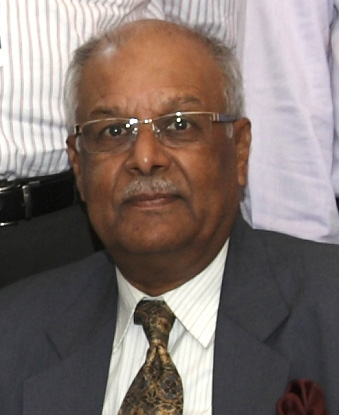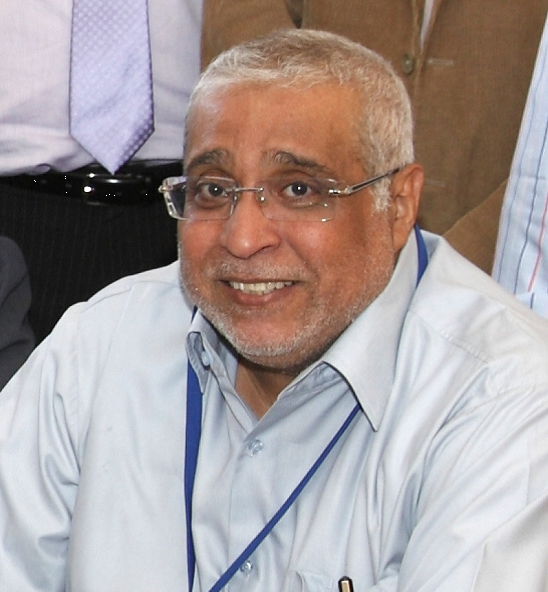Relations between India and the Gulf countries have evolved greatly since the days when Bombay was the premier marketing center for pearls and dates from the Gulf, and Indian currency and postage stamps were officially used in the region. Over the last two years, the UAE has emerged as India's number one trade partner, with two-way non-oil merchandise trade valued at $48 billion in 2008-09, and $43 billion in 2009-10. Again, in terms of economic groupings, the Gulf Cooperation Council (GCC) was India's number one trade partner in 2008-09, with two-way trade amounting to $91 billion. In 2009-10, the GCC slipped to second place ($74 billion) after the European Union ($84 billion). If the value of crude oil imports and remittances by Indians resident in GCC countries are taken into account, the total financial value of economic interaction would soon be approaching $ 200 billion, far greater than economic ties India has with any other regional entity. Over the last 40 years, after the oil boom, India's ties with the Gulf were based primarily on import of oil and export of human resources. This was a mutually beneficial arrangement in terms of which the Gulf countries met India's ever-increasing oil requirements, while India made available highly skilled and trained human resources in the shape of blue collar and white-collar workers and, increasingly, professionals, to build the Gulf countries infrastructure and welfare services. Today, the Gulf region provides about 90 per cent of India's oil imports and almost all of its gas imports. At the same time, the Indian community numbers nearly 5.5 million in GCC countries, the largest single national group in each of the six countries of the bloc. Again, over the last 15 years, the GCC countries have increasingly been recruiting Indian professionals, particularly in the banking and financial sectors; in the health, management, accountancy areas, and as engineers and architects. Over the last ten years, there has also been a significant increase in two-way investments and joint ventures, with almost all of the major companies of the Gulf engaged in India. Indian companies in the Gulf, on their part, tend to dominate the small and medium enterprises sector: for instance, Indian entities constitute the majority of establishments in UAE's industrial estate and free zones, while, in Saudi Arabia, nearly 550 Indian small and medium enterprises have been licensed, with a total capital value of $2.5 billion. India's commitment to sustaining high growth rates of 8-10 per cent annually up to 2032, i.e., up to the end of the 15th Five Year Plan, makes it incumbent on the country to ensure its energy security and infrastructure development. In both areas, the countries of the Gulf are likely to play a major role by providing the much-needed oil and gas, downstream products and petro chemicals, as also investments for India's infrastructure, power, industry and services sectors. The robust returns provided by India's financial markets are also likely to encourage increased Gulf investments in India in the coming years. The political area, too, is witnessing winds of change. From the beginning of the current decade, the Gulf countries have recognized the importance of building up substantial political and economic ties with India. Between 2005 and 2007, most of the leaders of the GCC countries paid a visit to India, including King Abdullah bin Abdulaziz of Saudi Arabia, who was the Chief Guest at India's Republic Day celebrations in January 2006, the first visit of a Saudi monarch to India after nearly 50 years. In fact, during King Abdullah's visit, the historic Delhi Declaration was signed by the Saudi ruler and the Indian prime minister pledging the two countries to pursue strengthening of political and economic relations. Four years later, following the visit of Prime Minister Dr. Manmohan Singh to Saudi Arabia, the two countries emphasized, in the Riyadh Declaration, their joint commitment to the pursuit of a strategic partnership.
3 DAYS / 12 Workshops
MORE THAN 300 ACADEMIC PAPERS
The workshop aims to explore the future dynamics of the India-Gulf relationship from the perspectives of both sides. While being rooted in the prevalent economic dynamics-oil, economy and community-which form the bedrock of existing ties, the focus will be on how bilateral ties would condition prospects especially in the political and security arenas, bearing in mind also as well as other relevant actors and factors. The questions under scrutiny would include:
Can the opportunities arising out of Gulf's Look East policy as well as the positive momentum of Gulf-India ties be converted into mutually gainful and enduring strategies by India and the GCC countries?
Is the Gulf keen about an Indian role beyond the economic realm?
Is India willing to play a more active role in the security scenario and what are the possible approaches in this regard?

